Heritage consists of buildings, structures, objects and features that are man-made and are rare or valuable for their architectural or historical interest. This includes buildings that are still in use, through to archaeological remains. Heritage must be protected from damage as it is irreplaceable and it is important to preserve it for us and future generations to enjoy and learn from.
Measures to conserve, protect and enhance this resource should be promoted and implemented and it is strictly controlled by law. The Βι¶ΉΤΌΕΔ therefore requires staff and suppliers to take all reasonable steps to look after the heritage.
These Heritage Guidelines establish minimum operating standards that must be applied at all sites and the legal issues you must be aware of. If you have any queries relating to this standard then you should contact the Safety Advice Line.
What Can Go Wrong?
- Impacts on heritage buildings and features
Legal/Βι¶ΉΤΌΕΔ Requirements
- There are no specific legal requirements to draw to your attention; you must still apply the control measures that are relevant to your activity.
Control Measures
General Controls
Take all reasonable steps to prevent damage to the heritage as follows:
- Identify heritage features that may be affected by activities through the SafetyHub risk assessment process and in consultation with the owner.
- Seek to change activities as necessary to protect the heritage.
- Where activities may affect protected heritage features, consult with the relevant statutory authority or other organisation, to agree how the activities can be undertaken, incorporating mitigation measures as necessary.
- Control activities and implement mitigation measures to ensure protection of the heritage, and monitor their effectiveness.
When working in and around heritage sites:
- Comply with all consent applications and any conditions set.
- If formal consent is not required but activities are being undertaken in a heritage feature, consult with the Local Authority Archaeology Officers and/or Conservation Officers for Historic Buildings. Include agreement on how and when the activities can be undertaken, including the need for and types of mitigation measures. Comply with any informal agreements made during consultation.
- Re-locate activities away from heritage features, if feasible. If it is not possible to re-locate activities, develop mitigation measures in advance of the activity. Mitigation measures will be very specific to the heritage feature concerned. If further advice is needed, obtain specialist advice.
Division Specific Issues
- No division specific issues.
FAQs/Did You Know?
- No FAQs/Did you know items.
Recommended links
- [Βι¶ΉΤΌΕΔ Network only]
Environment topics
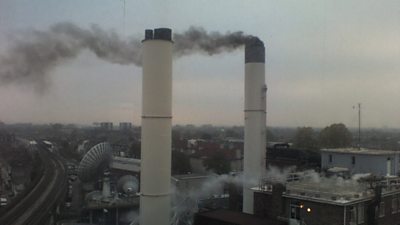 Air PollutionAir pollution can have damaging effects on human health and the environment and it is crucial to minimise emissions to the atmosphere.
Air PollutionAir pollution can have damaging effects on human health and the environment and it is crucial to minimise emissions to the atmosphere. Built EnvironmentIn the UK these impacts are controlled by legislation, particularly planning law.
Built EnvironmentIn the UK these impacts are controlled by legislation, particularly planning law. Energy ManagementThis guidance provides information on energy management associated with Βι¶ΉΤΌΕΔ activities in order to ensure good environmental practice and compliance with relevant legislation.
Energy ManagementThis guidance provides information on energy management associated with Βι¶ΉΤΌΕΔ activities in order to ensure good environmental practice and compliance with relevant legislation. Environment on Production and EventsThis guidance provides information on how to reduce the risk of environmental incidents, nuisance or legal non-compliance whilst making programmes and running events.
Environment on Production and EventsThis guidance provides information on how to reduce the risk of environmental incidents, nuisance or legal non-compliance whilst making programmes and running events. Environmental NuisanceNuisance is something that causes an unwanted disturbance to someone's quality of life or something that can have a negative effect on their health.
Environmental NuisanceNuisance is something that causes an unwanted disturbance to someone's quality of life or something that can have a negative effect on their health.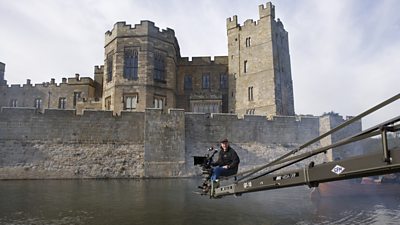 HeritageHeritage consists of buildings and features that are man-made and valuable for their architectural or historical interest.
HeritageHeritage consists of buildings and features that are man-made and valuable for their architectural or historical interest.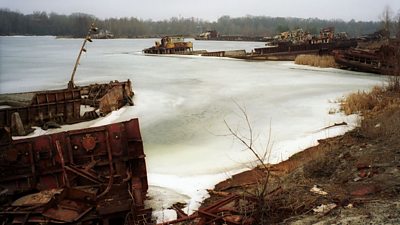 Land ContaminationBoth former and current land uses can pollute land and water resources by releasing pollutants to the environment.
Land ContaminationBoth former and current land uses can pollute land and water resources by releasing pollutants to the environment. Natural Environment and WildlifeThe natural environment contains habitats and species that are ecologically valuable and landscapes that are appreciated for their beauty and historical interest.
Natural Environment and WildlifeThe natural environment contains habitats and species that are ecologically valuable and landscapes that are appreciated for their beauty and historical interest. Oil and Chemical ManagementOil and chemical management can occur from fixed and temporary generators, set building, special effects, cleaning and associated activities.
Oil and Chemical ManagementOil and chemical management can occur from fixed and temporary generators, set building, special effects, cleaning and associated activities.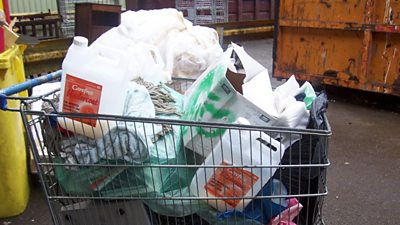 Waste ManagementThis guidance provides information on how to manage wastes arising from Βι¶ΉΤΌΕΔ activities in order to ensure good environmental practice and compliance with relevant legislation.
Waste ManagementThis guidance provides information on how to manage wastes arising from Βι¶ΉΤΌΕΔ activities in order to ensure good environmental practice and compliance with relevant legislation.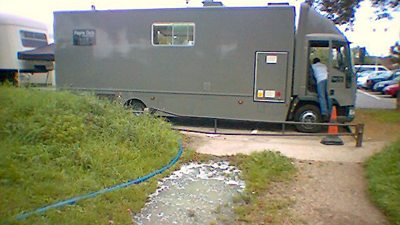 Water and Waste Water ManagementThis guidance provides information on how to manage water and waste water arising from Βι¶ΉΤΌΕΔ activities in order to ensure good environmental practice and compliance with relevant legislation.
Water and Waste Water ManagementThis guidance provides information on how to manage water and waste water arising from Βι¶ΉΤΌΕΔ activities in order to ensure good environmental practice and compliance with relevant legislation.
Safety tools, guides and contacts
- The new online tool for Risk Assessments, incidents and monitoring (NOTE: Use Google Chrome for Windows or Safari for MAC to fully access)
- Safety Equipment StoresJust one number to call: 0844 800 8875
- Βι¶ΉΤΌΕΔ Safety GuidelinesAccess our A-Z of safety guidelines
- Safety Advice Line: 0370 411 0464 Email: safety@bbc.co.uk
Events guidance - key links:
- Exhibitions
- General Guidance
- Indoor Location Recce Checklist
- Outdoor Location Recce Checklist
- Major Incidents & Emergency Planning
- Marketing and Promotional
- Noise Exposure
- Planning and Management
- Responsibilities
- Responsibilities Form
- Laser Lighting Effects
- Strobe Lighting
- Temporary Stages and Rostra
Health topics - key links:
- (Βι¶ΉΤΌΕΔ network only)
- Contributors Fitness to Participate
- Display Screen Equipment (DSE)
- (Βι¶ΉΤΌΕΔ network only)
- First Aid and Welfare on Location
- International Travel - Risks & Health
- Manual Handling
- Mental Health: Βι¶ΉΤΌΕΔpage
- (Βι¶ΉΤΌΕΔ network only)
- Personal Health and Wellbeing
- Pregnancy
- Psychological Trauma Support & Trauma Risk Management (TRiM)
- Tiredness and Fatigue
- Travel Health Contacts
Βι¶ΉΤΌΕΔ High Risk - key links:
- CBRN and Industrial Spills
- Covert Filming
- Crisis Management and Security Support
- Demonstrations, Protests and Crowds
- Disaster Coverage
- Door Stepping
- (Βι¶ΉΤΌΕΔ network only)
- (Βι¶ΉΤΌΕΔ network only)
- Public Order
- Safety Equipment Stores
Βι¶ΉΤΌΕΔ Journalism - key links:
Βι¶ΉΤΌΕΔ Productions - key links:
- Aerial Filming and Airfields
- Animals: Displaying and handling for performance
- Boats: Working on
- Children and Young People
- Driving
- Electrical Equipment and Systems
- First Aid and Welfare on Location
- Food Safety (Cooking and Catering)
- Remote Location Working
- Roads and Streets: Working by
- Security of Productions on Location
- Stunts
- Tiredness and Fatigue
- Unmanned Aerial Systems (UAS aka Drones)
- Vehicles: Recording in, from and around
- Working at Height: Mobile Elevating Work Platforms
- Working at Height: Tower Scaffolds
- (Βι¶ΉΤΌΕΔ Network only)
Βι¶ΉΤΌΕΔ Security - key links:
Βι¶ΉΤΌΕΔ Sport - key links:
About this site
This site describes what the Βι¶ΉΤΌΕΔ does in relation to managing its health, safety and security risks and is intended for those who work directly for the Βι¶ΉΤΌΕΔ.
It is not intended to provide instruction or guidance on how third parties should manage their risks. The Βι¶ΉΤΌΕΔ cannot be held liable for how this information is interpreted or used by third parties, nor provide any assurance that adopting it would provide any measure of legal compliance. More information
Some links on this site are only accessible when connected to the Βι¶ΉΤΌΕΔ network
